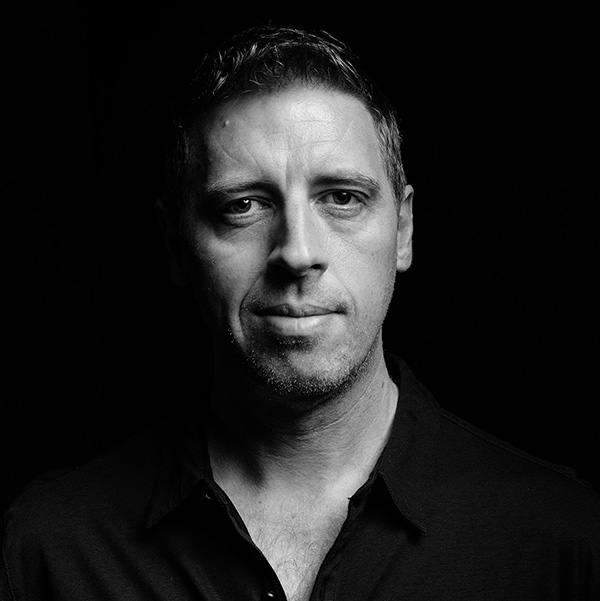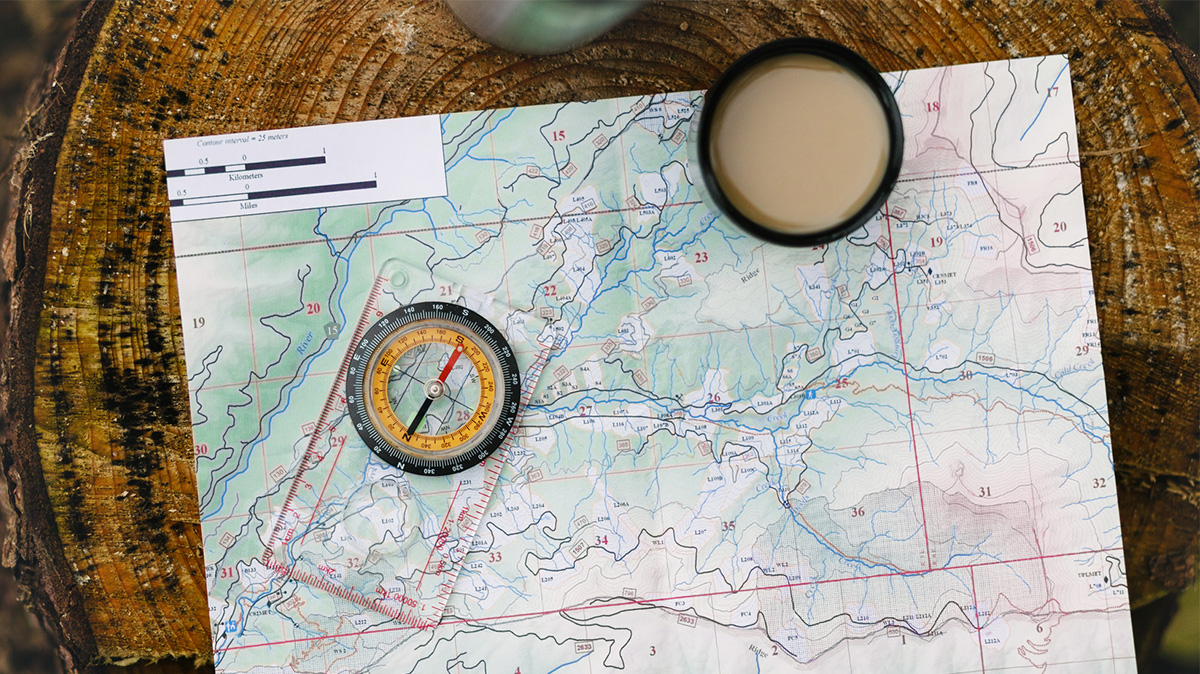The Findings Report is a cultural digest for people who are curious about why we buy, like, and share. Its mission is to provide useful insights for marketers, entrepreneurs and cause leaders.
Every day, new research is published about consumers and their brands. Unfortunately, most of this research never finds its way to the people who actually serve consumers and build brands. That's why The Findings Report exists. We summarize and share the great work of researchers in the academic community and in the thriving business of consumer marketing.
About Laurence Vincent

The Findings Report was created by Laurence Vincent. Larry is the founder of Conclusive, a research-driven marketing consultancy that specializes in strategies for science, technology, and media companies. Over his nearly 30-year career he has developed strategies for many leading brands, including Boston Scientific, Citrix, Disney, Illumina, Mattel, Microsoft, Qualcomm, the NFL, Nikon, Sony Playstation, and WebMD. For over a decade, he was the Chief Branding Officer at UTA, where he founded the agency's award-winning Brand Studio. There he helped celebrity clients launch exciting new brands, such as Born and Bred vodka for Channing Tatum, Houseplant for Seth Rogen, EBY for Sofia Vergara, and Awesomeness TV for Brian Robbins, among others.
Driven by the mantra that “story is strategy,” Vincent has pioneered narrative approaches to brand-building that combine insights from consumer research with best practices in storytelling and visual design.
Research and teaching are an integral part of Larry's life. He is a Professor of the Practice of Marketing at the USC Marshall School of Business where he teaches popular classes in Product Development, Marketing Research, and specialized coursework specifically geared toward marketers in STEM-based industries. He has won three Golden Apple Awards for his work in the classroom. He is also an active member of the core full-time MBA faculty team and the Academic Director of the Executive MBA Program.
He has published three books. His most recent, Brand Real, was selected by strategy+business magazine as one of the best business books of 2012. His first book on branding, Legendary Brands, was translated into seven languages and continues to serve as an important work that details the link between narrative and brand value. He has also written articles for European Business Review and Forbes. He is a frequent speaker on brands, consumer behavior, leadership, and marketing innovation.
When he's not building brands, teaching, writing or podcasting, Larry enjoys life in Santa Monica, California. He has written an online memoir of his family's experiences on his daughter Jordan's lifelong journey with childhood cancer on Jordan's Journey. That experience has also made him a dedicated advocate for childhood cancer fighters, and a proud board member of Alex's Lemonade Stand Foundation.
Identity
The Findings Report logo was designed by Marcus Bartlett, Executive Creative Director at UTA Brand Studio. Marcus has created design solutions for many major brands, including Adobe Systems, Aflac, Bare Minerals, Delta, Disney, Fisher-Price, Four Seasons Hotels and Resorts, Marriott Hotels and Resorts, Microsoft, Caesars Entertainment, Sony PlayStation, UPS, WebMD, and Yahoo!, among others. He has won Clio awards for his work on the teams that rebranded American Airlines and for the development of the Houseplant brand for Seth Rogen.
Colophon
The Findings Report website uses two type faces from Commercial Type. Headings are set in Atlas Grotesk. Atlas was inspired in large part by the sans serifs of the 1950s, specifically Dick Dooijes’s Mercator, released by the Amsterdam Type Foundry in 1957. However, while Atlas takes most of its stylistic cues from Europe, its vertical proportions and contrast have more in common with American gothics. Text is set in Publico. Publico originated as one of many stops on the long road to The Guardian’s 2005 redesign and the Guardian family. Originally named Haçienda after the iconic Manchester nightclub, it was later finished for Mark Porter and Simon Esterson’s redesign of Público in Lisbon.

